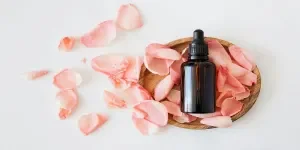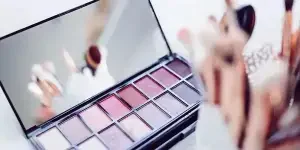In the ever-evolving world of beauty and personal care, texture powder has emerged as a must-have product for 2025. This guide delves into the essentials of texture powder, exploring its rising popularity and the market potential it holds for business buyers, including retailers and wholesalers.
Table of Contents:
– Understanding Texture Powder: What It Is and Why It’s Trending
– Exploring Popular Types of Texture Powder: Pros and Cons
– Addressing Consumer Pain Points: Solutions and Innovations
– Key Factors to Consider When Sourcing Texture Powder
– Final Thoughts on Sourcing Texture Powder for 2025
Understanding Texture Powder: What It Is and Why It’s Trending
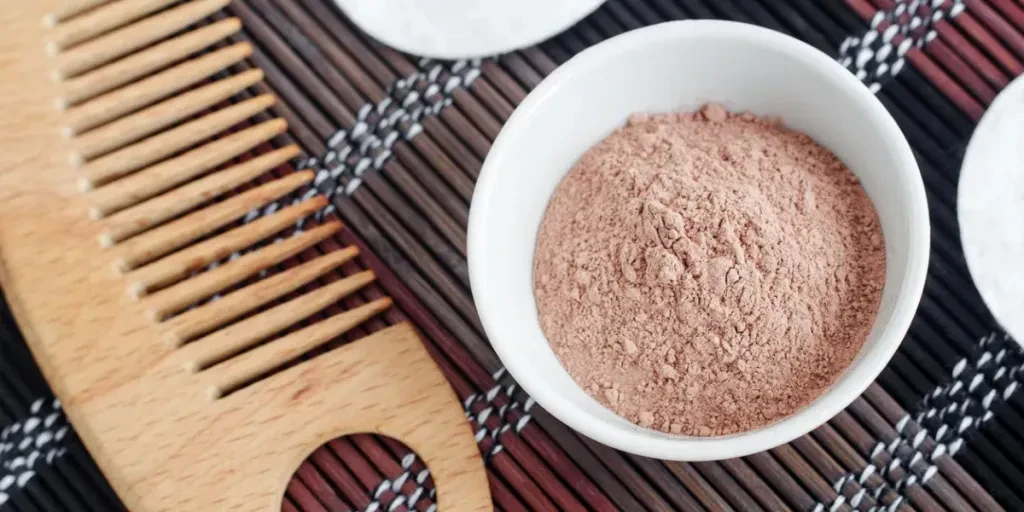
The Basics of Texture Powder: Definition and Uses
Texture powder, often referred to as volumizing powder or hair powder, is a versatile product designed to add volume, texture, and grip to hair. It is typically used to create fuller hairstyles, enhance grip for updos, and refresh hair between washes. The lightweight, fine powder absorbs excess oil and provides a matte finish, making it a favorite among hairstylists and consumers alike.
Social Media Buzz: Trending Hashtags and Influencer Endorsements
The rise of texture powder can be attributed to its widespread endorsement on social media platforms. Hashtags such as #TexturePowder, #VolumizingPowder, and #HairGoals have garnered millions of views, with influencers showcasing the transformative effects of the product. Influencers like @HairByChrissy and @JenAtkin have played a significant role in popularizing texture powder, demonstrating its versatility and ease of use in their tutorials.
Market Potential: Demand Growth and Emerging Trends
The demand for texture powder is on an upward trajectory, driven by the increasing consumer preference for quick and effective hair solutions. According to a professional report, the market for cosmetic powders, including texture powder, is expected to see substantial growth through 2030. This growth is fueled by the rising awareness of hair care products, the influence of social media, and the expanding beauty industry in regions like Asia and North America.
In the U.S., the market for talcum and cosmetic powders has shown a steady increase in consumption and production, with a forecasted growth rate that highlights the potential for texture powder. Similarly, in Asia, the market dynamics indicate a robust demand for cosmetic powders, driven by countries like China, Japan, and South Korea, where beauty trends rapidly evolve.
The alignment of texture powder with broader beauty trends, such as the preference for natural and effortless looks, further enhances its market potential. As consumers continue to seek products that offer convenience and efficacy, texture powder stands out as a key player in the beauty and personal care industry.
In conclusion, texture powder is not just a fleeting trend but a product with significant market potential and growth opportunities. Its versatility, coupled with the influence of social media and the expanding beauty industry, makes it a valuable addition to any business buyer’s portfolio.
Exploring Popular Types of Texture Powder: Pros and Cons
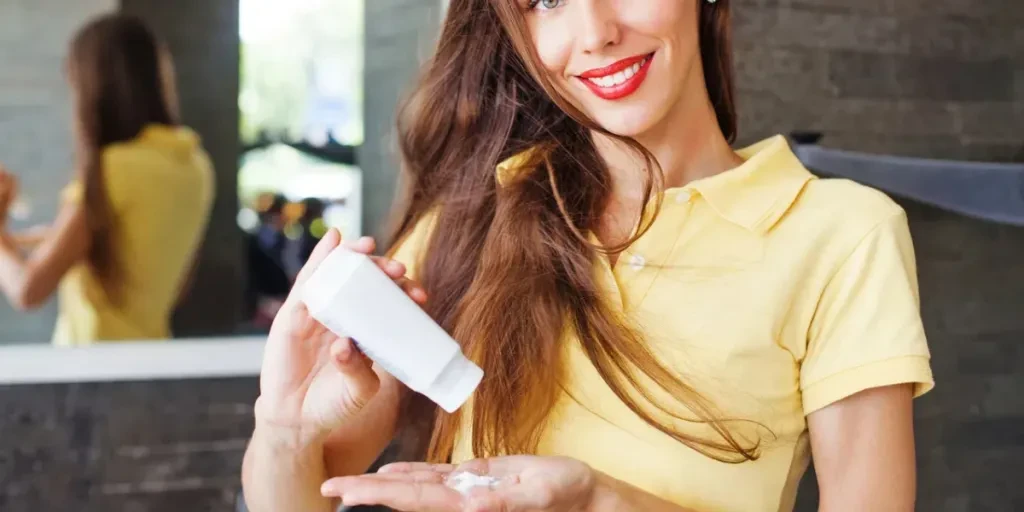
Volumizing Powders: Ingredients, Effectiveness, and Consumer Feedback
Volumizing powders have become a staple in the beauty and personal care industry, particularly for those seeking to add volume and texture to their hair. These powders typically contain ingredients like silica, which helps to absorb excess oil and add lift at the roots. Additionally, they often include starches such as rice or corn, which provide a lightweight feel and help to create a fuller appearance without weighing the hair down.
The effectiveness of volumizing powders is widely recognized, with many consumers praising their ability to transform limp, flat hair into voluminous, textured styles. According to a professional report, volumizing powders are particularly popular among individuals with fine or thin hair, as they offer an easy and quick solution to achieve a fuller look. Consumer feedback highlights the convenience of these products, noting that they are easy to apply and provide long-lasting results.
However, there are some drawbacks to consider. Some users report that volumizing powders can leave a residue or build-up on the scalp, which may require more frequent washing. Additionally, the effectiveness of these powders can vary depending on hair type and texture, with some individuals finding that they do not achieve the desired volume. Business buyers should consider these factors when sourcing volumizing powders, ensuring that the products they choose cater to a wide range of hair types and provide clear usage instructions to minimize potential issues.
Mattifying Powders: Benefits and Drawbacks
Mattifying powders are designed to control shine and reduce the appearance of oil on the skin, making them a popular choice for individuals with oily or combination skin. These powders often contain ingredients like silica, kaolin clay, and zinc oxide, which work together to absorb excess oil and provide a matte finish. Additionally, many mattifying powders are formulated with light-diffusing particles that help to blur imperfections and create a smooth, even complexion.
The benefits of mattifying powders are well-documented, with many consumers appreciating their ability to keep shine at bay throughout the day. According to a professional report, these powders are particularly effective in hot and humid climates, where excess oil production can be a common issue. Consumer feedback often highlights the lightweight feel of mattifying powders, noting that they do not feel heavy or cakey on the skin.
However, there are some drawbacks to consider. Some users report that mattifying powders can be drying, particularly for those with dry or sensitive skin. Additionally, the effectiveness of these powders can diminish over time, requiring reapplication throughout the day. Business buyers should consider these factors when sourcing mattifying powders, ensuring that the products they choose offer a balance of oil control and hydration to cater to a wide range of skin types.
Multi-Functional Powders: Versatility and Market Appeal
Multi-functional powders are gaining popularity in the beauty and personal care industry due to their versatility and convenience. These powders often combine the benefits of volumizing, mattifying, and setting powders, making them a one-stop solution for various beauty needs. Common ingredients in multi-functional powders include silica, starches, and light-diffusing particles, which work together to provide volume, control shine, and set makeup.
The market appeal of multi-functional powders is significant, with many consumers appreciating the convenience of having multiple benefits in a single product. According to a professional report, these powders are particularly popular among busy individuals who seek efficient and effective beauty solutions. Consumer feedback often highlights the versatility of multi-functional powders, noting that they can be used on both hair and skin to achieve a polished, finished look.
However, there are some drawbacks to consider. Some users report that multi-functional powders may not be as effective in each individual function compared to dedicated products. For example, a multi-functional powder may not provide the same level of volume as a dedicated volumizing powder or the same level of oil control as a dedicated mattifying powder. Business buyers should consider these factors when sourcing multi-functional powders, ensuring that the products they choose offer a balanced performance across all functions.
Addressing Consumer Pain Points: Solutions and Innovations
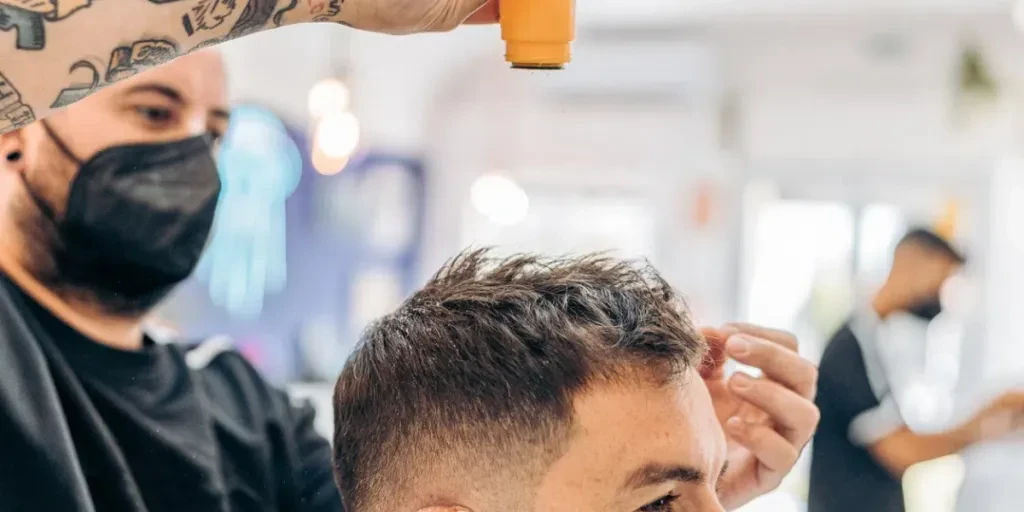
Common Issues with Texture Powders and How to Overcome Them
Texture powders, while popular, can present several common issues for consumers. One of the most frequently reported problems is the potential for residue or build-up on the scalp or skin. This can lead to a heavy, uncomfortable feeling and may require more frequent washing to remove. To address this issue, business buyers should look for texture powders formulated with lightweight, non-comedogenic ingredients that minimize build-up and residue.
Another common issue is the potential for dryness, particularly with mattifying powders. Consumers with dry or sensitive skin may find that these powders exacerbate their condition, leading to flakiness or irritation. To overcome this, business buyers should seek out texture powders that include hydrating ingredients, such as hyaluronic acid or glycerin, to provide a balance of oil control and moisture.
Finally, some consumers report that texture powders can be difficult to apply evenly, leading to patchy or uneven results. To address this, business buyers should consider products that come with user-friendly applicators or clear usage instructions to ensure a smooth, even application.
Innovative Formulations: What’s New in the Market
The beauty and personal care industry is constantly evolving, with new and innovative formulations emerging to address consumer pain points and enhance product performance. One of the latest trends in texture powders is the incorporation of skincare ingredients, such as niacinamide and bakuchiol, to provide additional benefits beyond volume and oil control. These ingredients help to improve skin texture, reduce the appearance of pores, and promote a more even complexion.
Another innovation is the development of water-based texture powders, which offer a lightweight, hydrating alternative to traditional powders. These products are designed to provide the same benefits of volume and oil control while delivering a refreshing, cooling sensation on the skin. According to a professional report, water-based texture powders are particularly popular among consumers with sensitive or dry skin, as they help to maintain hydration and prevent dryness.
Additionally, there is a growing trend towards eco-friendly and sustainable formulations, with many brands opting for natural, biodegradable ingredients and recyclable packaging. Business buyers should consider these innovative formulations when sourcing texture powders, as they align with the increasing consumer demand for clean and sustainable beauty products.
Sustainable and Eco-Friendly Options: Meeting Consumer Demands
Sustainability is becoming a key consideration for consumers in the beauty and personal care industry, with many individuals seeking products that are both effective and environmentally friendly. To meet this demand, business buyers should look for texture powders that are formulated with natural, biodegradable ingredients and packaged in recyclable or reusable materials.
One example of a sustainable texture powder is a product that uses cornstarch and kaolin clay as its primary ingredients, both of which are natural and biodegradable. Additionally, these powders can be packaged in eco-friendly materials, such as paper tubes or glass jars, to minimize environmental impact. According to a professional report, sustainable texture powders are particularly popular among eco-conscious consumers who prioritize clean beauty products.
Another consideration is the use of ethical and fair-trade ingredients, which ensure that the raw materials used in the products are sourced responsibly and support the communities involved in their production. Business buyers should seek out texture powders that are certified by reputable organizations, such as Fair Trade or the Rainforest Alliance, to ensure that their products meet high ethical standards.
Key Factors to Consider When Sourcing Texture Powder
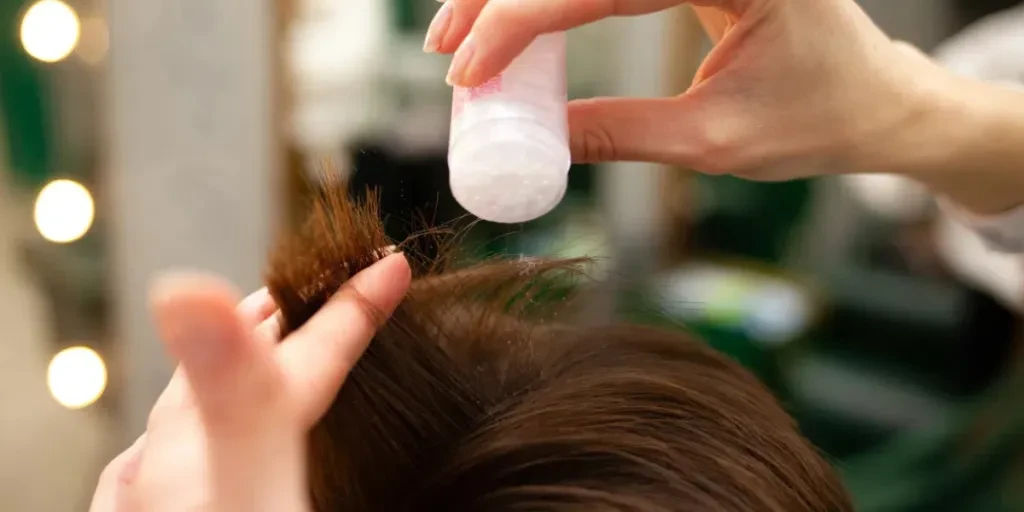
Quality and Ingredient Transparency: What to Look For
When sourcing texture powders, quality and ingredient transparency are paramount. Business buyers should prioritize products that are formulated with high-quality, safe ingredients and provide clear, detailed information about their composition. This includes looking for products that are free from harmful chemicals, such as parabens, sulfates, and phthalates, which can cause irritation or adverse reactions.
Ingredient transparency is also crucial, as consumers are increasingly seeking products that are both effective and safe. Business buyers should look for texture powders that provide a full ingredient list and highlight the benefits of each component. According to a professional report, products that are transparent about their ingredients and sourcing practices are more likely to gain consumer trust and loyalty.
Additionally, it is important to consider the efficacy of the ingredients used in the texture powders. For example, silica and starches are commonly used for their volumizing and oil-absorbing properties, while ingredients like niacinamide and hyaluronic acid provide additional skincare benefits. Business buyers should ensure that the products they choose contain effective, high-quality ingredients that deliver the desired results.
Packaging and Branding: Enhancing Product Appeal
Packaging and branding play a significant role in the appeal of texture powders, influencing consumer purchasing decisions and brand loyalty. Business buyers should look for products that are packaged in attractive, user-friendly containers that reflect the brand’s identity and values. This includes considering factors such as ease of use, portability, and sustainability.
For example, texture powders that come in sleek, compact packaging with built-in applicators are more likely to appeal to consumers who value convenience and efficiency. Additionally, eco-friendly packaging, such as recyclable or reusable containers, can enhance the product’s appeal to environmentally conscious consumers. According to a professional report, products with innovative and sustainable packaging are more likely to stand out in a competitive market.
Branding is also crucial, as it helps to establish a product’s identity and differentiate it from competitors. Business buyers should look for texture powders that have a strong, cohesive brand message and visual identity, including clear labeling and attractive design elements. This can help to create a memorable and recognizable brand that resonates with consumers.
Supplier Reliability and Certifications: Ensuring Consistent Quality
Ensuring consistent quality is essential when sourcing texture powders, and this begins with choosing reliable suppliers. Business buyers should look for suppliers with a proven track record of delivering high-quality products and maintaining rigorous quality control standards. This includes considering factors such as production processes, ingredient sourcing, and adherence to regulatory standards.
Certifications can also provide assurance of a supplier’s reliability and commitment to quality. Business buyers should look for texture powders that are certified by reputable organizations, such as ISO, GMP, or COSMOS, which ensure that the products meet high standards of safety, efficacy, and sustainability. According to a professional report, products with recognized certifications are more likely to gain consumer trust and confidence.
Additionally, it is important to establish clear communication and collaboration with suppliers to ensure that any issues or concerns are promptly addressed. Business buyers should seek out suppliers who are transparent, responsive, and willing to work closely with them to meet their specific needs and requirements.
Final Thoughts on Sourcing Texture Powder for 2025
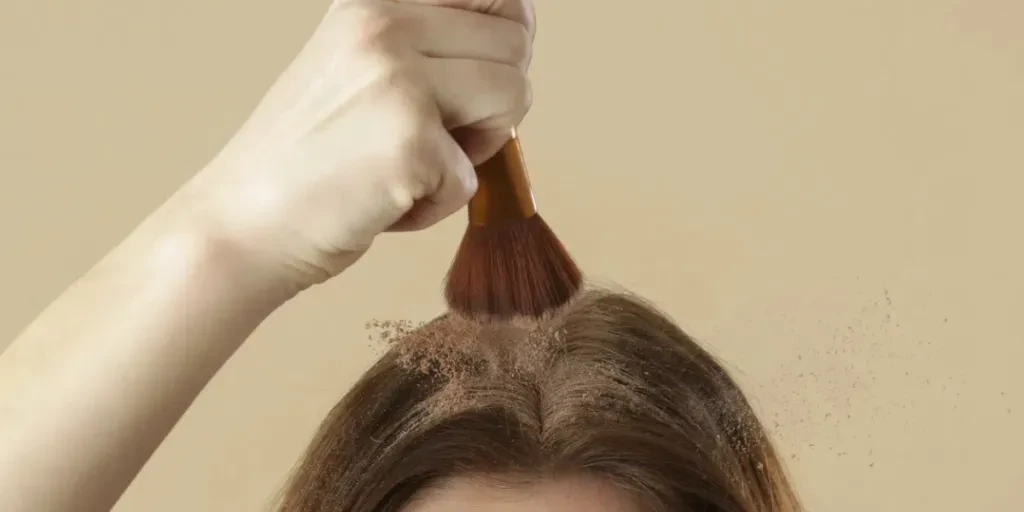
In conclusion, sourcing texture powders for 2025 requires careful consideration of various factors, including ingredient quality, packaging, branding, and supplier reliability. By prioritizing high-quality, transparent ingredients, innovative and sustainable packaging, and reliable suppliers with recognized certifications, business buyers can ensure that they are offering effective and appealing products that meet the evolving demands of consumers. As the beauty and personal care industry continues to evolve, staying informed about the latest trends and innovations will be key to maintaining a competitive edge and delivering products that resonate with consumers.

